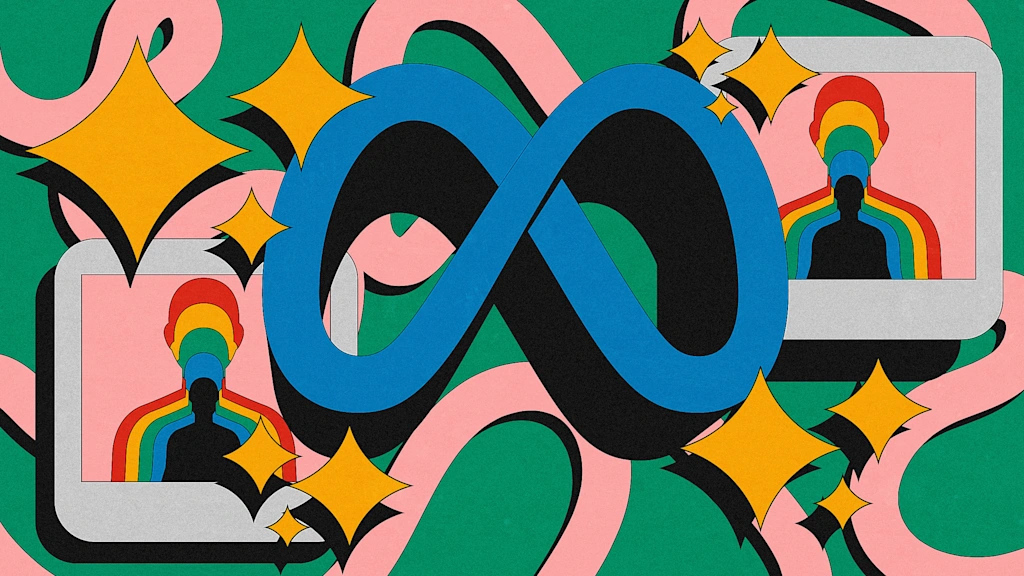
This past June, Meta set off a bomb in the marketing world when it announced that it would fully automate the advertising on its platforms by 2026. People in advertising wondered: Is this the end of ad agencies as we know it? Has the AI “slopification” of social media finally been fully realized?
The hyperbolic reaction is understandable—maybe even justified. With 3.43 billion unique active users across its platforms around the world, and an advertising machine that brought in $47.5 billion in Q2 sales alone (up 22% over last year), Meta is an accurate bellwether for where the ad business is heading.
Meta has been working for years to build a machine that is already pretty damn close to automating its entire ad system, from creative concept generation to determining whose eyeballs see the final product. Its current capabilities are good enough to give most advertising creatives the flop sweats. But now is not the time for marketers to cower in fear.
The opposite, actually.
This is a great moment for marketers face head-on how Meta views its relationship with creatives, agencies, and brands, as it continues to roll out new technologies and features. To help, we asked Meta ad execs to break down their strategy.
Below is a detailed explainer to help you understand how Meta is thinking about its role in the advertising space, and what brands, agencies, and even consumers can do to better prepare themselves for what’s to come.
In this premium piece, you’ll learn: